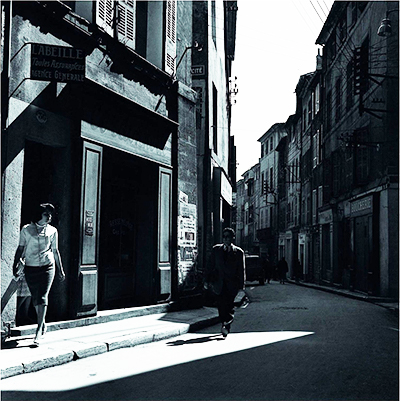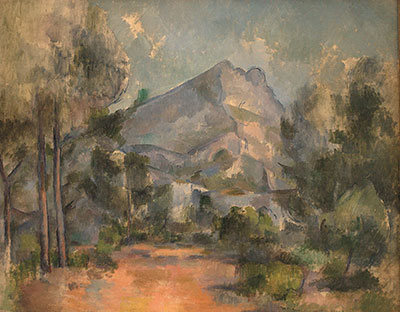
|
|
|
Social eventPrivate visite of two exhibitions and drink in the gardenThursday, June 13th, 6:30PM Restricted to registered people. Please confirm your attendance before May 30th. MUSÉE GRANET http://www.museegranet-aixenprovence.fr Exhibition Harry CallahanFrench archives, Aix-en-Provence, 1957-1958 In 1956, the photographer Harry Callahan (1912-1999), then director of the photography department at the Institute of Design in Chicago, USA, received a Graham Foundation grant, went to Europe and stayed in Aix-en-Provence from September 1957 to July 1958. There he designed a series of studies on urban views, nature, and many portraits of his wife Eleanor. Thirty-six years later, revisiting his archives, Harry Callahan selected one hundred and thirty period prints, under the name «French Archives», and donated the whole to the Maison européenne de la Photographie (MEP). These photographs were first exhibited at the MEP from 9 November 2016 to 29 January 2017, then at the Musée de la Photographie de Charleroi from 13 May to 24 September 2017. Today, the Granet Museum is keen to bring them to the attention of the people of Aix and its audiences. The photographs show the setting of Aix at the end of the 1950s, that of a small European city with its narrow streets and modest shops. The photographer finds the ideal theatre in the sunny streets for his research on shadow and light and the graphics of ordinary facades. As for nature studies, some were carried out in the garden of the house that Callahan occupied on the road to the Montagne Sainte-Victoire, dear to Cézanne. He continues his minimalist approach to landscape. The images taken in Aix-en-Provence deepen the photographer's search for rigour and aesthetic concerns developed in his previous works: the relationship to the city and architecture, street photos with furtive silhouettes, the minimalist approach to nature and, of course, the constant presence of Eleanor, his wife. According to Harry Callahan, this stay in Aix was a moment of fullness and happiness. Sainte(s) Victoire(s)Constantin, Granet, Loubon, Grésy, Guigou, Cézanne, Picasso, Masson, Tal Coat, Plossu In 1989, on August 28th, a fire destroyed the entire south face of Sainte-Victoire and the upper part of the north face as far as the Priory and the Croix de Provence. The fire destroyed 5000 hectares, or nearly 60% of the site. It was a shock, which later turned into a real awareness that led to the creation of the Grand Site Sainte-Victoire, whose mission was to prevent, maintain, equip and develop the massif. The following summer, in 1990, the Granet Museum organized an exhibition featuring Cézanne masterpieces on loan from the world’s greatest museums: the Musée d’Orsay, the Metropolitan, the Museum of Modern Art in New York, the Picasso Museum in Paris, the Kimbell Art Museum in Fort Worth, the Museum of Fine Art in San Francisco, the National Gallery in Washington, the Museum of Art in Cleveland, the National Gallery in Edinburgh, the Kunstmuseum in Basle. In 2019, 30 years after the fire, nature definitively regained its rights. In commemoration of this disaster and to mark its repair, the Granet Museum wishes to evoke this emblematic site sublimated by the great artists of the 19th to 21st centuries. At the centre of this evocation is Paul Cézanne with several of his views of the Sainte-Victoire mountain. Among these is the exceptional Sainte-Victoire of the former Gurlitt collection, now owned by the Kunstmuseum of Bern in Switzerland, from which Aix has obtained the exceptional deposit. In addition to the works of the master of Aix and according to a chronological development, this event also shows how Constantine, Granet, Loubon, Grésy, Guigou, but also Picasso, Masson, Tal Coat and Plossu were inspired by this emblematic mountain and this unusual motif.
|



